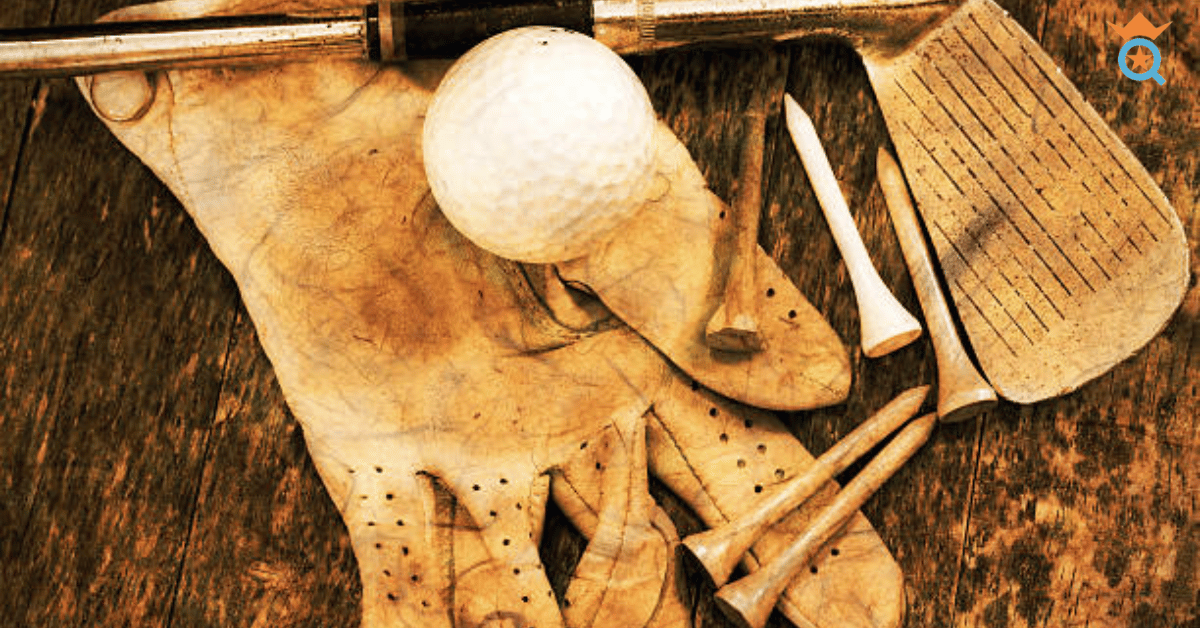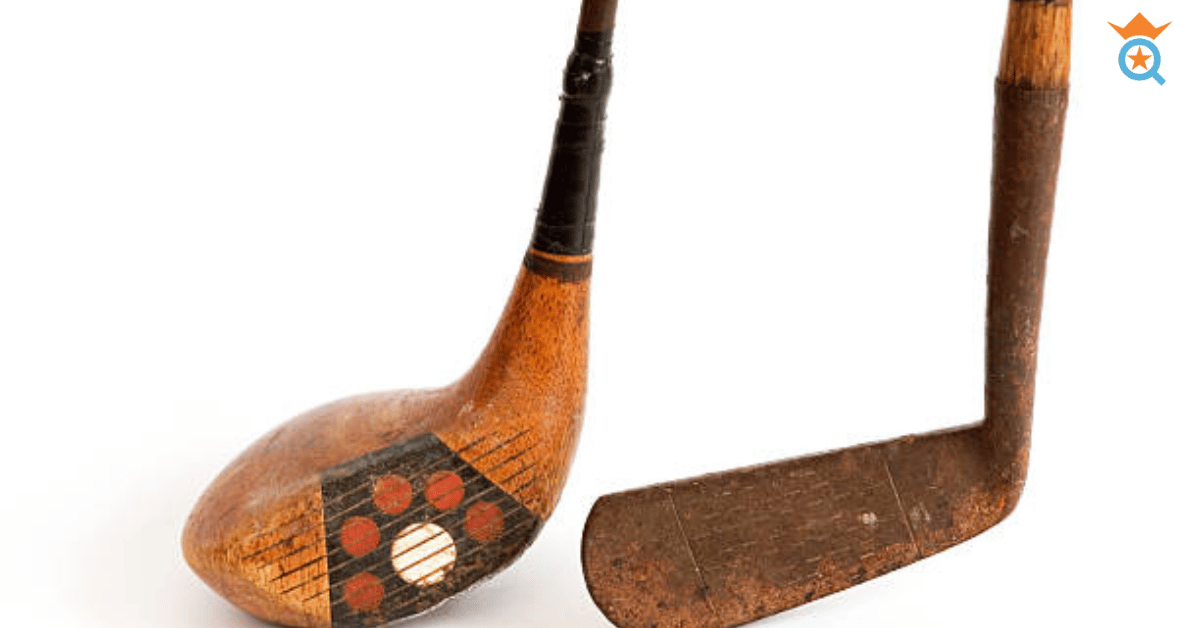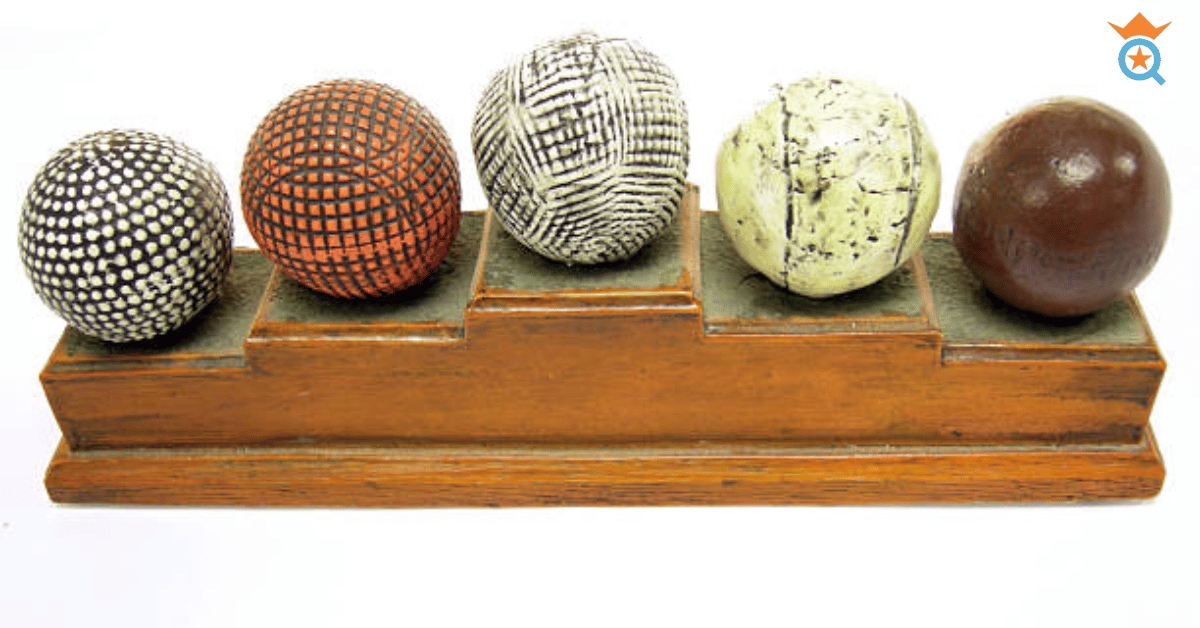The evolution of golf equipment from its origins to the present day has been significant. From wooden clubs to steel-shafted clubs and the latest graphite technology, the development of golf equipment has revolutionized the game.
This article examines the development of golf equipment by exploring the origins of golf clubs, balls, and other gear. We explore the early days of club making and how the materials used in clubs have changed over time. In addition, we explore the progress of golf club technology and the transformation of various clubs, such as Woods and Irons, to meet the requirements of golfers with diverse levels of expertise.
Understanding the rich history of golf equipment and its evolution over time is crucial for golfers and enthusiasts to grasp the game's legacy and value the impact of modern technology on it.
Golfers can better appreciate the technological developments that have transformed the game into what it is now by understanding how golf equipment has evolved.

The Origins of Golf Equipment
The origins of golf equipment can be traced back to the game's early days when players used primitive wooden clubs to hit a small leather ball. These wooden clubs were often handcrafted by club makers, who would tailor each club to the individual golfer's preferences.
As golf evolved, so did the equipment, with the introduction of steel shafts and the development of club head technology, allowing for more incredible club head speed and distance. The wooden-headed clubs were gradually replaced by shafted steel clubs with a club face, enabling players to achieve more accuracy and power.
Today, golf club technology continues to advance, with graphite shafts and grassed drivers providing even more distance and precision. From the most basic play clubs to the specific clubs used by Tiger Woods and the average golfer, the history of golf equipment is a fascinating look into the game's evolution.

The Evolution of Clubs
The evolution of golf clubs has been fascinating, with advancements in technology and design resulting in a significant improvement in players' performance. Initially, golf clubs were made entirely of wood, with hickory being the preferred choice. Wooden clubs persisted until the 20th century, when the first steel-shafted clubs emerged in the 1920s, marking a significant shift in golf club technology. This innovation allowed for more robust and durable clubs that could handle modern golf's rigors.
In the 1970s, metal drivers were introduced, revolutionizing the game of golf. Made from aluminum, these clubs allowed for larger clubheads and longer drives. In the following decades, the materials used in club construction continued to evolve, with the introduction of titanium and composite materials such as graphite. These materials allowed for even lighter and more powerful clubs, further enhancing player performance.
More recently, hybrid clubs have become increasingly popular, combining the characteristics of both irons and woods. These clubs provide players with the best of both worlds, offering the accuracy and control of iron and the distance of a wood. As technology develops and new materials are available, golf clubs will likely continue to advance and improve shortly.

The Development of Golf Balls
In comparison to the game's early days, golf balls have advanced significantly. They were initially constructed from diverse elements, including wood, feathers, and leather. However, the first rubber golf ball was developed in the middle of the 19th century. This development led to a revolution in golf ball design, with manufacturers experimenting with different materials to maximize distance and control.
Various materials, including rubber, synthetic polymers, and even metals, are used to make golf balls. They are designed to reduce spin, increase launch angle, and enhance ball speed. Thanks to technological advances, golf balls play a significant role in a player's performance, and each golfer has a preferred brand that suits their playing style.
- Feather Balls: The first golf balls were made from leather and stuffed with feathers. They were expensive and difficult to make but had reasonable distance and control.
- Gutta-Percha Balls: In the mid-1800s, gutta-percha balls were introduced. They were made from the sap of a tree found in Malaysia and were much cheaper and easier to produce than feathery balls. Gutta-percha balls also had better distance and control than their predecessors.
- Rubber Core Balls: In the early 1900s, golf balls with rubber cores were developed. This allowed for a more consistent and predictable flight path and increased distance.
- Two-Piece Balls: were first introduced in the 1960s. These balls had a solid rubber core and a plastic cover, which provided better durability and distance.
- Multi-Layered Balls: In the 1990s, multi-layered golf balls were developed. These balls had a solid core surrounded by multiple layers of different materials, each with unique properties. This allowed for even better distance and control.
- High-Tech Balls: Today, golf balls are made with advanced materials and technology, such as high-density cores, thin covers, and aerodynamic dimple patterns. These balls can provide exceptional distance and control, making them a favorite among professional golfers.

Other Equipment
Bags, gloves, and shoes are additional golf equipment that have experienced significant alterations. For instance, golf bags have become more lightweight and portable, featuring advanced storage options for golf clubs and accessories. Golf gloves have been designed with improved grip and comfort, allowing for better control during swings.
Golf shoes have also evolved, with many now featuring waterproofing and better traction for different terrains. In recent years, technology has become increasingly crucial to golf. In addition to innovations in club and ball design, there have been significant developments in other areas of golf equipment as well.
Rangefinders and GPS devices, for example, have become popular tools for golfers who want to understand the layout of the course better and make more informed shot selections. These devices use advanced technology to provide precise distance measurements, allowing golfers to select the right club and make more accurate shots.
As technology develops, more advanced and specialized golf equipment will be created to progress the sport.
Overall, these improvements in equipment have contributed to a more enjoyable and successful golfing experience.
Golf bags have become more lightweight and durable, with features such as backpack-style straps and numerous pockets for storing accessories.
Golf gloves now incorporate materials that offer a better grip and improved comfort while protecting from blisters and calluses.
Golf shoes have undergone significant changes, with the introduction of cleats for better traction, waterproof materials for all-weather play, and improved comfort through cushioning and arch support advancements.
These are just a few examples of how golf equipment beyond clubs and balls has evolved to enhance the game for players.

Notable Innovations
The game of golf has witnessed significant advancements in equipment over the years, with notable innovations that have significantly impacted the sport. Adjustable drivers are a great example, as they allow players to tweak the loft and angle of the club head to fit their swing style and course conditions.
This level of customization can significantly enhance a player's performance on the course. High-tech golf balls are another innovation that has dramatically impacted the game. These balls are designed to maximize distance and control, using advanced materials and aerodynamic designs.
With the ability to improve accuracy and power, golfers can achieve their best shots.
These innovations and many others have made golf equipment more efficient, customizable, and enjoyable for players of all skill levels.
- Adjustable drivers, which allow golfers to change the club's loft, lie, and face angle, were introduced in the early 2000s. This innovation will enable golfers to fine-tune their drivers to their swing and optimize their launch conditions, resulting in more distance and accuracy off the tee.
- High-tech golf balls like the Titleist Pro V1 and TaylorMade TP5 feature advanced construction and materials that provide superior performance, including increased distance, spin control, and feel. These balls enhance a player's performance by enabling them to adjust their shots to the course conditions and their playing preferences.
- Launch monitors are a relatively recent innovation that has revolutionized how golfers approach their game. These devices use radar technology to measure various aspects of a golfer's swing and ball flight, providing detailed data on launch angle, spin rate, ball speed, and more. This information can help golfers identify areas for improvement and optimize their equipment for maximum performance.
- Hybrid clubs in recent years, hybrid clubs have gained popularity as an innovative option for golfers. They combine the benefits of irons and woods, offering a versatile and forgiving club suitable for various situations. The hybrid clubs' unique features make them highly useful for challenging shots from rough terrain or awkward lies, helping golfers get the ball airborne and on target with greater ease than traditional long irons.
- Putter technology has also seen significant innovation recently, with the introduction of mallet-style putters and counterbalanced designs. These putters provide golfers with improved stability and balance, resulting in a more consistent stroke and better accuracy on the greens.

The Future of Golf Equipment
As the game of golf continues to evolve, so does its equipment. Manufacturers constantly experiment with new materials and designs to enhance club performance and create a better experience for golfers.
The development of more adjustable clubs with club heads that can be adjusted to the player's swing and the more significant usage of lightweight materials in golf club shafts are current trends in golf equipment.
The future of golf equipment looks promising, focusing on improving overall performance and creating clubs tailored to each player's needs.
The industry also embraces new technologies, such as artificial intelligence and data analytics, to enhance club designs and improve player performance.
Ultimately, the future of golf equipment is promising as it constantly strives to push the limits, offering a more pleasurable and satisfying experience to golfers, regardless of their abilities.
Popularity of the Game
The Bottom Line
The history and evolution of golf equipment have paved the way for the modern game we know today. The game has come a long way, from the early days of wooden clubs and gutta-percha balls to the advanced technology of adjustable drivers and high-tech golf balls.
Even though the future of golf equipment is unknown, the industry is committed to pushing the limits of innovation to improve the golfing experience for all players, regardless of skill level.
As fairway clubs, own clubs, and new technologies continue to emerge, we can be sure that the legacy of the royal club maker who shaped the game will live on in the equipment we use and cherish today.








